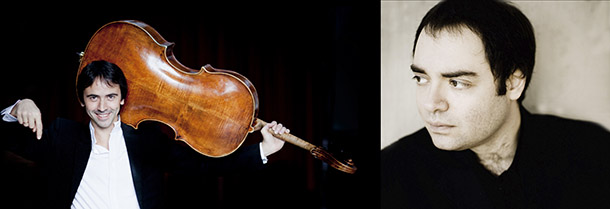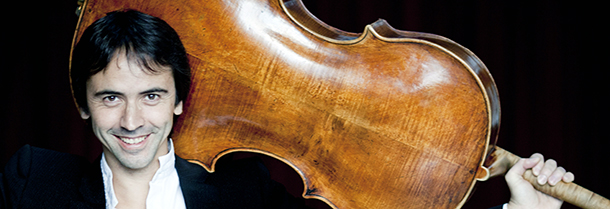Tag: Winterlude
-

PROGRAM NOTES: WINTERLUDE – SUPER SUNDAY WITH JEAN-GUIHEN QUEYRAS & ALEXANDER MELNIKOV
Robert Schumann Fünf Stücke im Volkston Op. 102 The late 1840s saw Schumann take up “house music” in a big way. This does not mean that he began to DJ at raves, playing dance music with repetitive drum tracks and synthesized basslines. Rather, he had a productive period composing music specifically designed for the home…
-

PROGRAM NOTES: WINTERLUDE – SUITE SATURDAY WITH JEAN-GUIHEN QUEYRAS
A Bit of History Few scholars doubt that Western music was better off for the release of a certain “Bach, Johann Sebastian” from the county jail in Weimar where he had languished, in unsuitable company, for the better part of a month in the autumn of 1717. Court organists can be a stroppy crew at…

